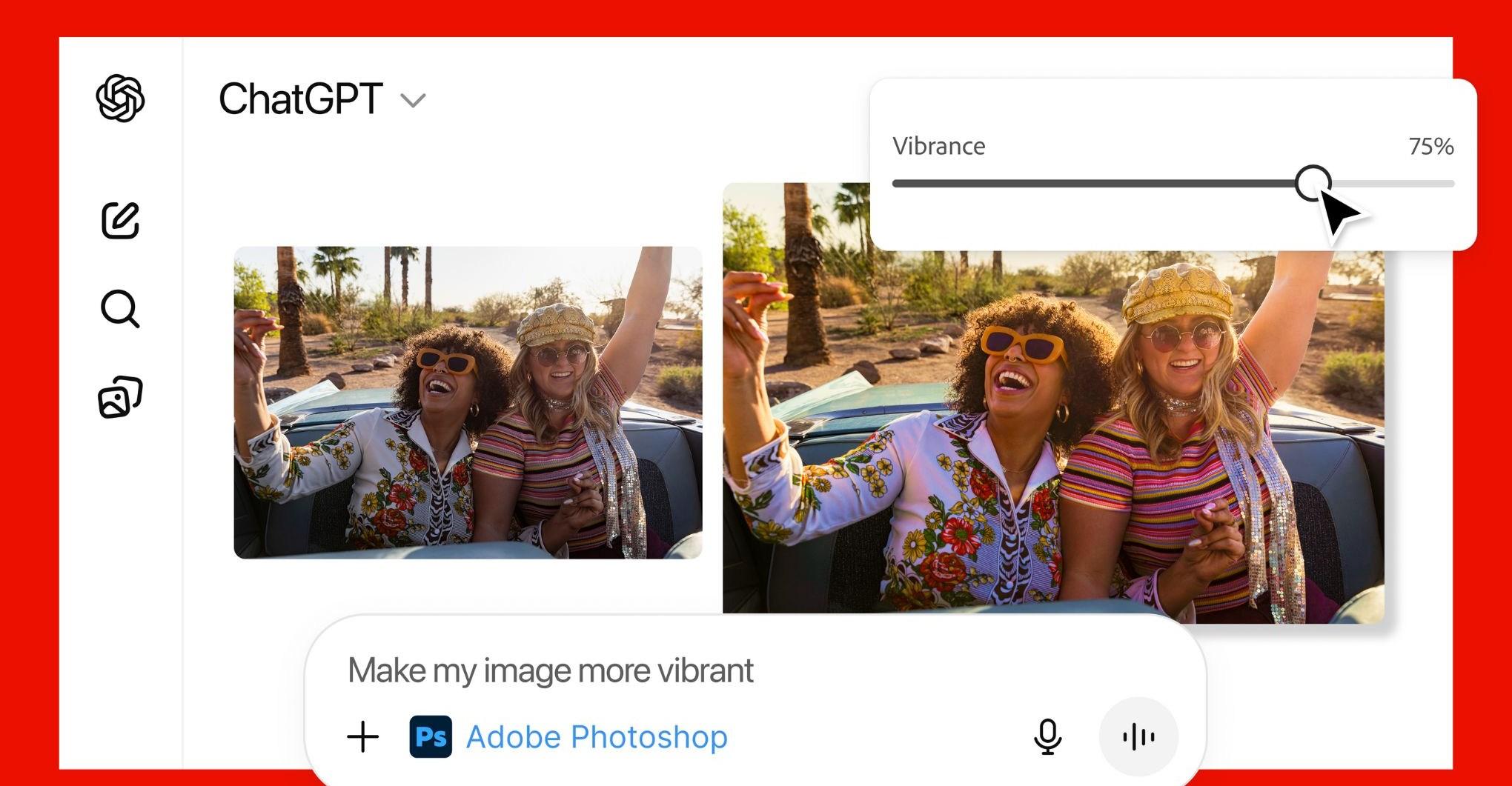Technology
- Home
- Technology
- News
The moms are thrifting on Instagram
My phone dings, and a notification from Instagram pops up: âClarkâs Closet Connectionâs countdown has ended.â I click the alert to head to the profile page and start refreshing as new posts furiously come in on tonightâs âdrop.â Size 10 Mario s…

Published 8 months ago on Apr 15th 2025, 2:00 pm
By Web Desk

My phone dings, and a notification from Instagram pops up: “Clark’s Closet Connection’s countdown has ended.” I click the alert to head to the profile page and start refreshing as new posts furiously come in on tonight’s “drop.”
Size 10 Mario sneakers. Moana-themed Hanna Andersson pajamas. A 3T Boden skort.
Users, mostly moms, comment “me!” on posts to claim the item. It’s first come, first served. Tonight, a total of 36 items are posted, and 24 are claimed in the short time it takes for owner Ashley Hauri to complete posting. She comments back to confirm the purchase, and then sends Venmo requests for the payment.
Hauri is one of a growing number of thrift store resellers, sometimes called thrift store flippers, moving their business from resale platforms like Poshmark to more intimate social platforms like Instagram to build a closer relationship with their customers — even though those social platforms are worse for sellers.
“Instagram is one zillion percent not set up for selling,” Hauri, who lives in Kansas City, said. “For me, it’s the community there that is the primary thing. I’m connected with people via their Instagram. I get to see people’s kids grow up.”
Reselling secondhand items online isn’t new. Sophia Amoruso started her clothing empire that eventually turned into Nasty Gal by selling items from thrift shops and estate sales on eBay in 2006. But in the 2010s, referring to this type of shopping as “thrifting” took off, especially as customers became more aware of the environmental impact of fast fashion. It’s only grown since: the resale industry is expected to outpace the broader retail sector ninefold by 2027.
Secondhand purchases tend to be driven by millennials and Gen Z customers as they consider the environmental consequences, the ability to get unique items, and the financial savings. Millions are shopping through apps that are already on their phones without ever stepping inside a thrift store.
There are a plethora of platforms that are built for reselling, like Poshmark, ThredUp, eBay, Etsy, Mercari, and Depop. These platforms provide features that can streamline sellers’ work like checkout and shipping functionality. Yet, more and more resellers are choosing social media platforms like Instagram because of their familiarity with the interface, the audiences they are going for, and the communities they have built. They are willing to put in the manual work and, often, the use of multiple sites for posting, collecting revenue, and shipping.
Andrea Bailey has been buying thrifted clothing for her four kids from Hauri for about five years. She’ll shop on sites like Poshmark if she’s looking for something specific, but Instagram resellers provide a passive experience.
“Her style and my style are almost identical,” Bailey said. She knows that Hauri is going to find quality clothing at a discounted price, which is important because she doesn’t have a thrift shop in her small town of Sabetha, Kansas.
Instagram, with 2 billion monthly active users, is a familiar platform that encourages conversation, and Bailey noted that it’s easy to ask questions and form a connection with sellers like Hauri.
“It’s just more personable,” Bailey said. “That’s what Instagram is. You’re sharing your family and your pictures and your life. Overall, it’s just a great experience.”
Resellers who use Instagram tend to have 2,000–5,000 followers and create strong bonds, often building a network of repeat customers. Hauri’s customers frequently tag her when they or their children don the clothing they’ve purchased from her Instagram shop.
“I love when I get to see people wear the things,” Hauri said, gushing about how customers often buy things for special moments like family photos or holiday parties. “Those pictures are going to exist forever.”
She’s even created smaller offshoot groups for specific niches. She has a direct message group with her customers that she knows are Kansas City Chiefs fans, and she posts directly in the chat when she finds fan wear to see if anyone wants her to pick it up.
Most sellers mimic Hauri’s first come, first served process in specific drops, often themed around a clothing category like pajamas or an upcoming holiday like Easter. @thriftingandmoore sells on both grid posts and Stories, and @little.angels.thrifting and @thrifting_boymama use the comments to have buyers bid on items.
Items that don’t sell on Instagram, along with most of her adult clothing finds, get posted on Hauri’s Poshmark and Mercari accounts.
Through these community-building platforms, sellers are also attuned to the styles that customers or potential customers would be interested in. Sellers and customers often share similar tastes, interests, or hobbies, and they can see each other’s photos and posts. Kristine Gill started thrifting in college as a way to save money, and she started buying things to resell a few years ago. Consistently, she would see items that she didn’t need but she knew someone would appreciate.
“It was hard to pass those things up,” Gill said.
She once found a set of vintage ceramic dog figurines for $5 at her local thrift shop in Mentor, Ohio. She cleaned them up, gently scrubbing the imperfections with a toothbrush, and sold them on Facebook Marketplace for $40.
“It was cool to know that the person that was going to get them was as interested in the whole aesthetic as I was,” she said. “I’m curating a type of aesthetic that I’m interested in, and I know that if I’m interested in it, other people probably are. And so far, I’ve been pretty right about some of the stuff that I come across.”
Profits run the gamut. One reseller found the Vera Wang dress featured on Sex and the City for $19, and she’s selling it to finance her divorce. For Gill, the additional income has been a bonus for a fun hobby. And as Hauri’s Instagram account has grown — with no paid advertising, powered mostly through word of mouth — it’s now a meaningful part of her family’s budget.
“We’re not retiring early on this money at all, but it definitely allows us more comfortability and flexibility within our finances,” Hauri, who also has a full-time job, said. “For me, the money is just an incredible benefit because getting paid to shop is, I think, a lot of people’s dream job.”
“If you can find a seller that’s your style, it’s the best,” Bailey said.
Buying secondhand tends to spike during periods of economic recession and inflation, so it’s likely this trend will continue in the immediate future as Federal Reserve officials note that uncertainty for the US economy is “remarkably high,” and layoffs are at the highest level since 2020.
The thrift store resellers are ready.
Week-long anti-polio campaign underway across country
- 4 hours ago

How do you know if you’re wasting your life?
- 15 hours ago
Messi mania peaks in India’s pollution-hit capital
- an hour ago
Australian PM declares Sydney shooting a ‘terrorist’ attack targeting Jews
- a day ago
Bondi Beach shooting: Australia hails ‘hero’ Ahmed who stopped gunman
- a day ago
Sindh govt announces release of film ‘Mera Layari’ in Jan 2026
- an hour ago

Pakistan condemns attack on UNISFA in Kadugli, Sudan
- a day ago

IHC summons Registrar Karachi University in Justice Jahangiri’s degree case
- an hour ago
Australia plans tougher gun laws after police say father and son killed 15 at Bondi Beach
- 17 minutes ago
Seven khwarij killed, soldier martyred in DI Khan counter-insurgency operation: ISPR
- 4 hours ago

SBP slashes key policy rate to 10.5pc
- 4 hours ago
Pakistan aims to become model in digital assets regulation: Bilal saqib
- a day ago
You May Like
Trending













